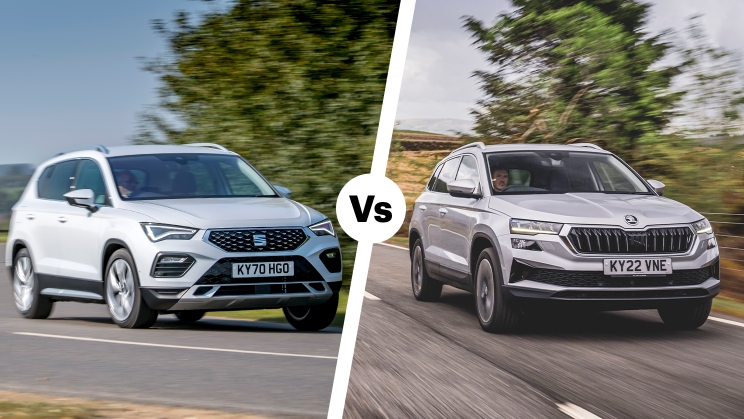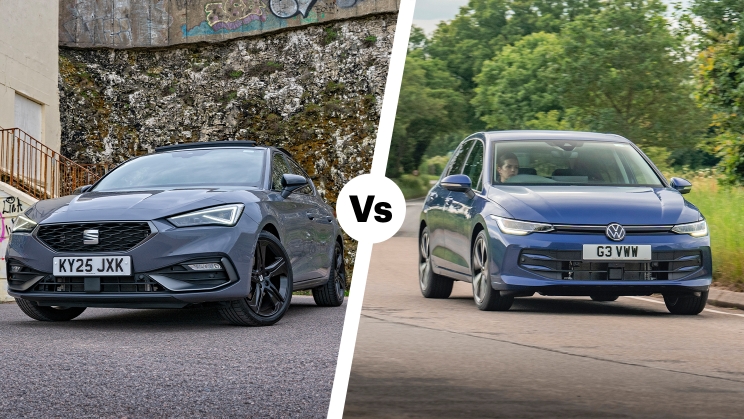The VW Group includes Volkswagen-branded cars, plus a range of other brands with their own unique models.
This means the VW Group can sell a diverse range of cars that target different market segments, while sharing R&D and manufacturing costs between them.
Here are the brands that make up the VW Group:
Car brands in the VW Group
Volkswagen
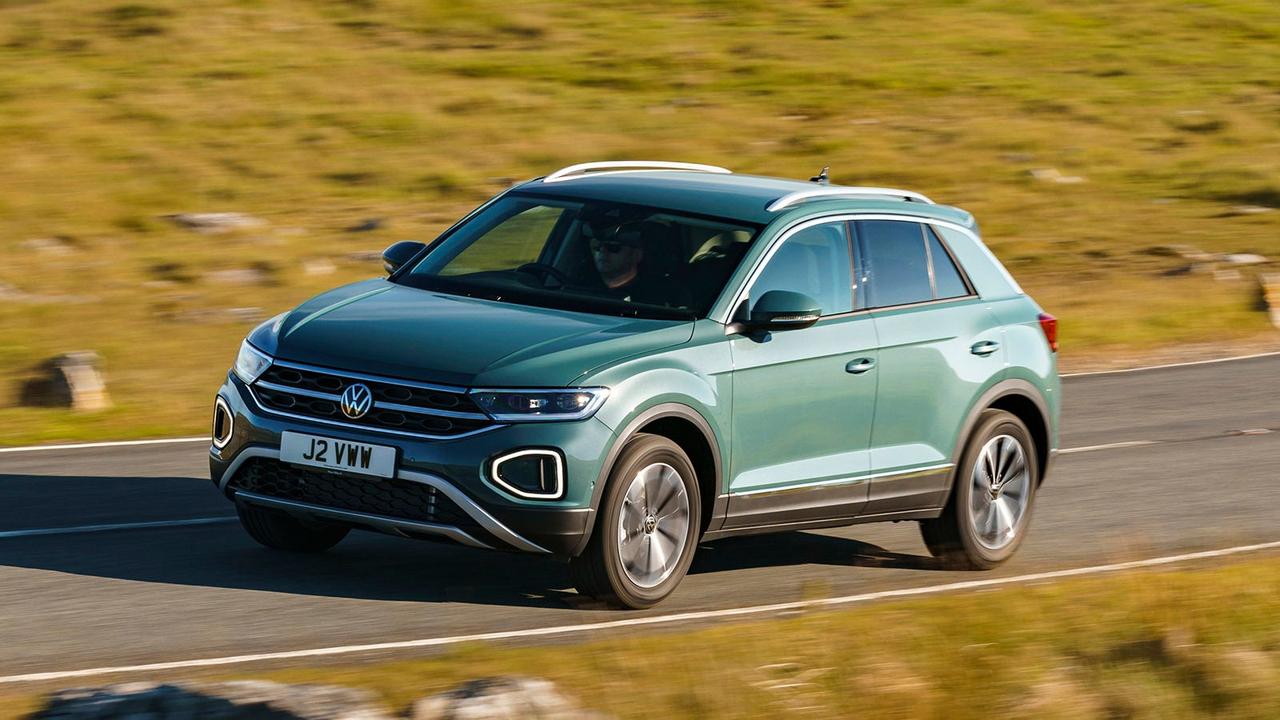
Volkswagen is the main brand within the VW Group and accounts for the most sales. It was founded in Germany in 1937 and, after World War II, became hugely popular worldwide thanks to affordable, practical cars like the Beetle and the Type 2 Transporter van.
Today's Volkswagens are defined by simple, understated styling and a straightforward, well-rounded driving experience. There's a wide choice of models like the Golf hatchback and the Tiguan SUV, plus a growing range of ID-branded electric cars.
Popular Volkswagen models
Skoda
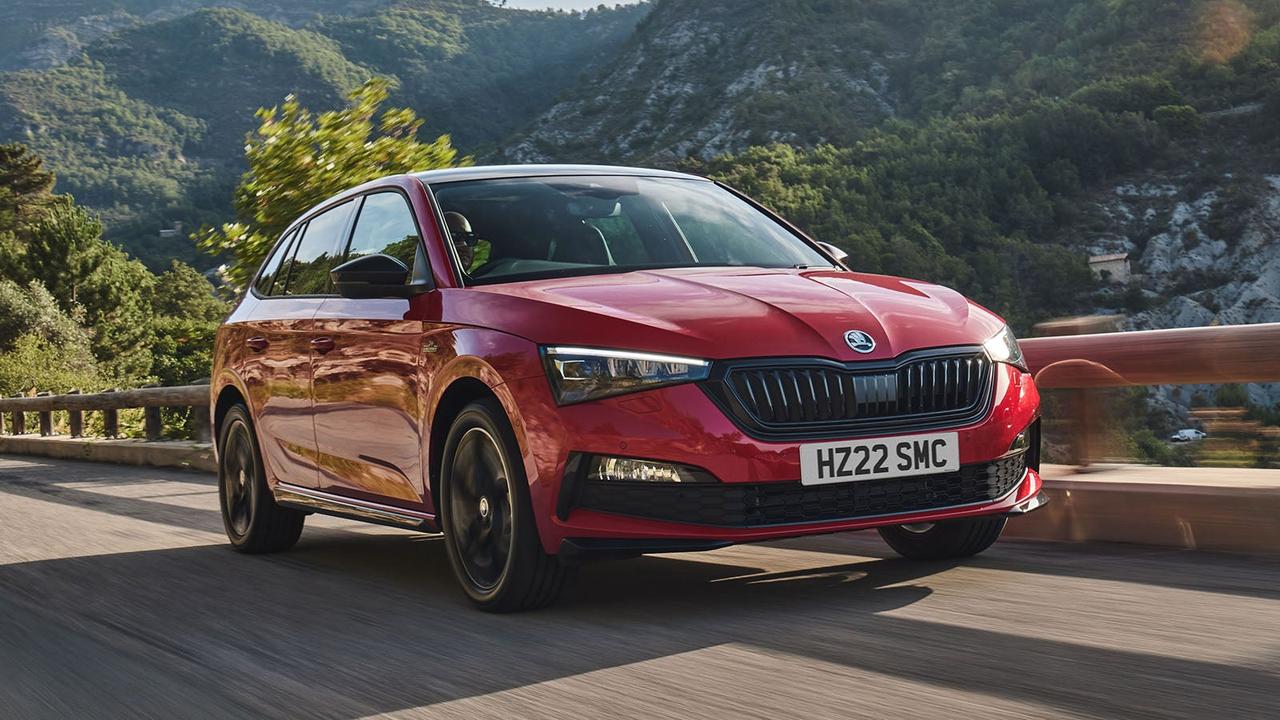
Skoda is a Czech brand founded in 1925 with a long history of automotive production. Originally a state-owned operation, it joined the VW Group in 2000 after being privatised following the fall of the Soviet Union.
Its contemporary models have earned a reputation for supreme practicality and ease of use, often beating direct rivals for passenger and cargo space. That's the case whether you're looking a the city-friendly Fabia hatchback or the seven-seat Kodiaq SUV. Skodas are usually more affordable than like-for-like Volkswagen cars.
Popular Skoda models
SEAT
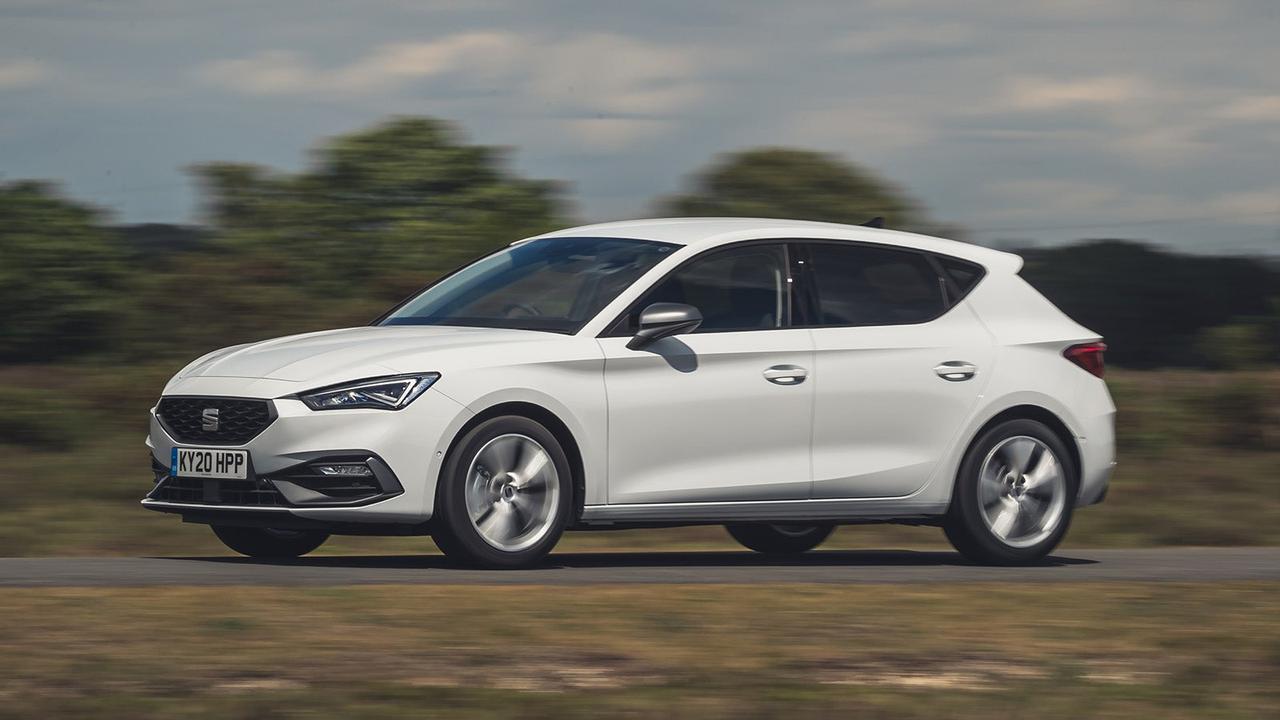
SEAT is a Spanish brand founded as a state-owned automaker in 1950. The first SEATs were based on Fiat models but, through the '80s, Volkswagen increased its ownership stake in SEAT until it fully took over the company in 1990.
Like Skoda, SEAT cars tend to be a little cheaper than Volkswagen-branded models. However, rather than making practicality their main focus, SEATs try to appeal more to your emotions, with swoopy, dramatic styling and a slightly sporty edge.
Popular SEAT models
Cupra
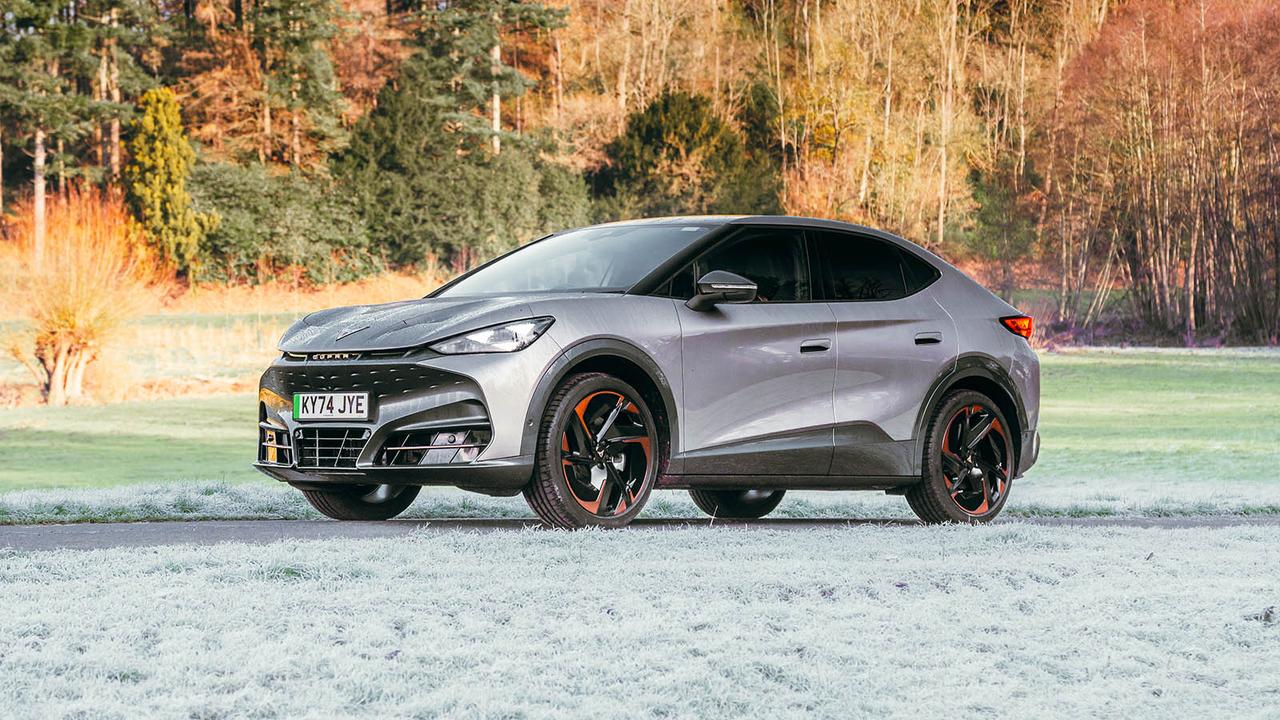
Cupra is a sporty brand that was spun off from SEAT in 2018. The Cupra name was originally reserved for SEAT's hottest hatches through the '90s and '00s, but the VW Group eventually felt it had earned enough kudos to become its own brand.
Cars like the Cupra Leon and Cupra Ateca are effectively just spiced-up versions of existing SEAT models. However, Cupra has now expanded its range to include more unique models like the Formentor SUV and Tavascan EV.
Popular Cupra models
Audi
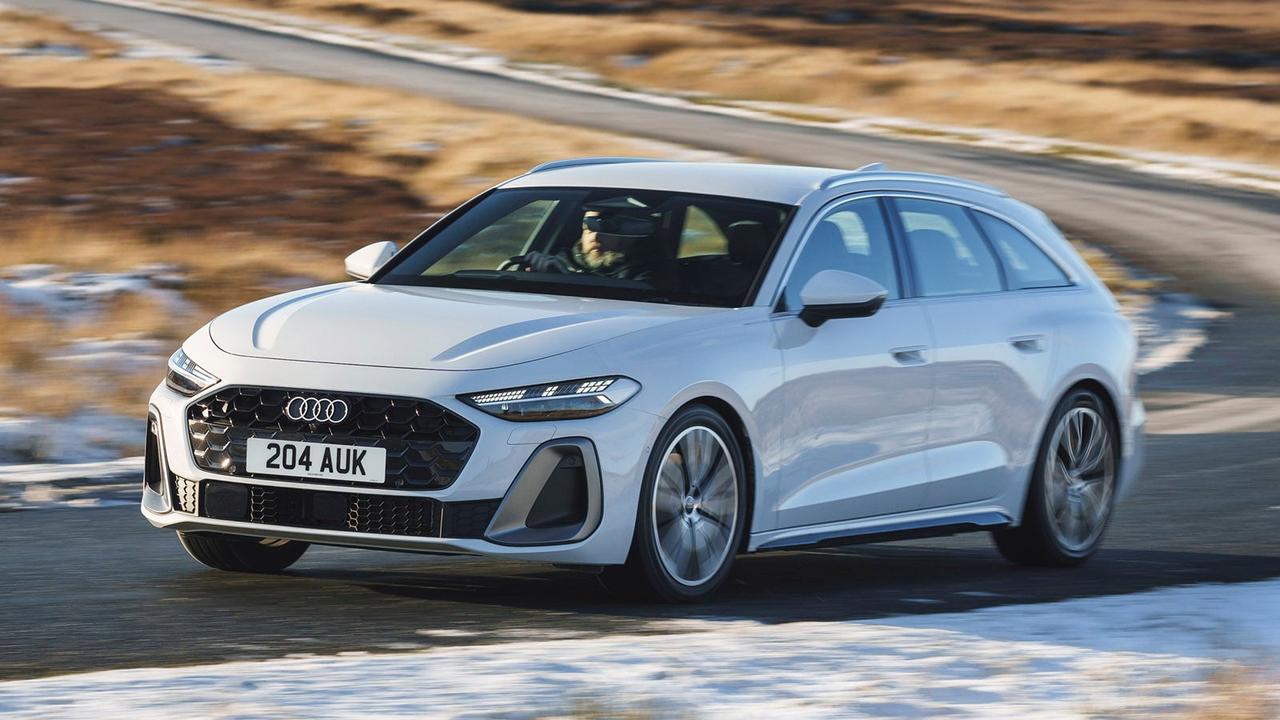
Audi was founded in Germany in the early 1930s after the merger of Audiwerke, Horch, DWK and Wanderer – hence the four rings on its badge. It was acquired by the VW Group in the 1960s, and earned a reputation for building solid but conservative cars. It shook things up in the '80s with the racy Audi Quattro rally car, followed by a string of popular, stylish cars launched through the 2000s.
Today's Audis bring the fight to traditional rivals, BMW and Mercedes. Many of the company's cars are available with all-wheel drive, marked out by the (small-Q) 'quattro' branding. You'll find hatches, saloons and estates under 'A' models names, while the company's popular SUV models wear 'Q' badges.
Popular Audi models
Porsche
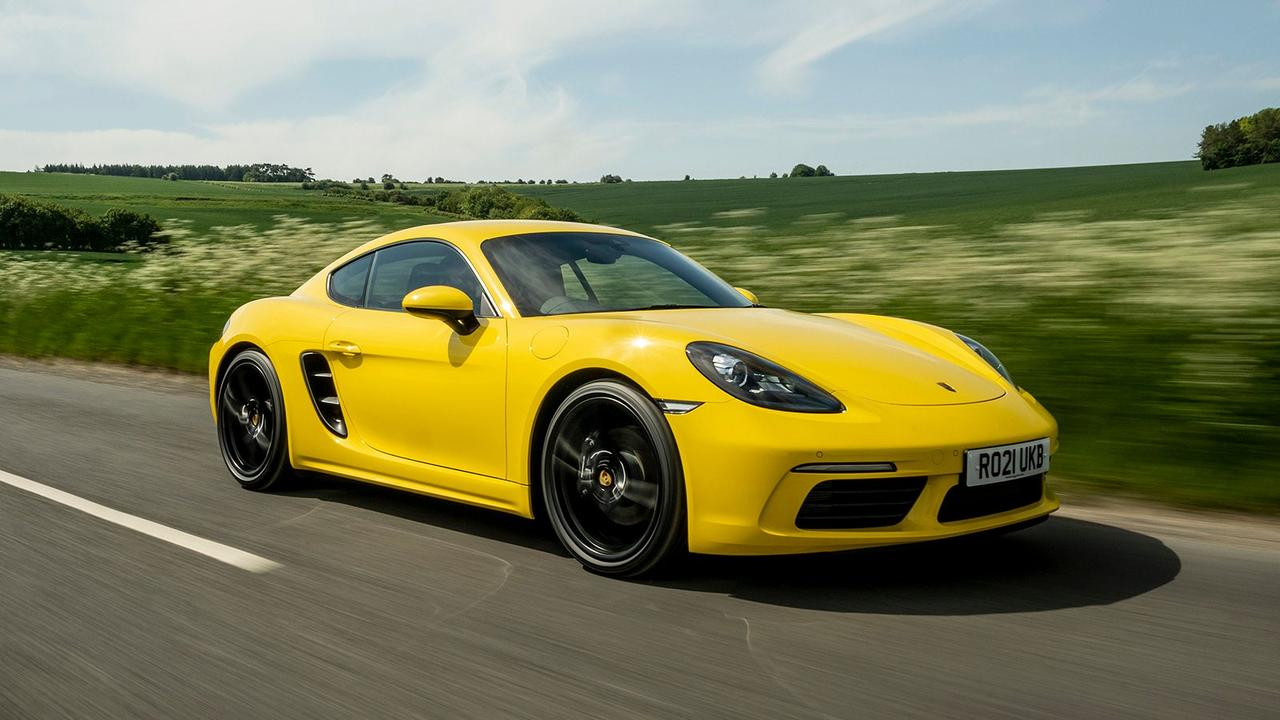
Porsche is a German sports car manufacturer founded in the 1930s. Its vehicles have borrowed parts from Volkswagen cars for many years before the two brands full merged in the 2010s.
The company's modern lineup contains some of the most highly acclaimed sports cars ever made. Models like the 718 Boxster and 911 blend razor-sharp driver appeal with massive performance and luxurious appointments. You get a similarly thrilling experience in the brand's popular Macan and Cayenne SUV models too.
Popular Porsche models
- Porsche 718 Boxster
- Porsche 718 Cayman
- Porsche 911
- Porsche Macan
- Porsche Cayenne
- Porsche Taycan
Lamborghini
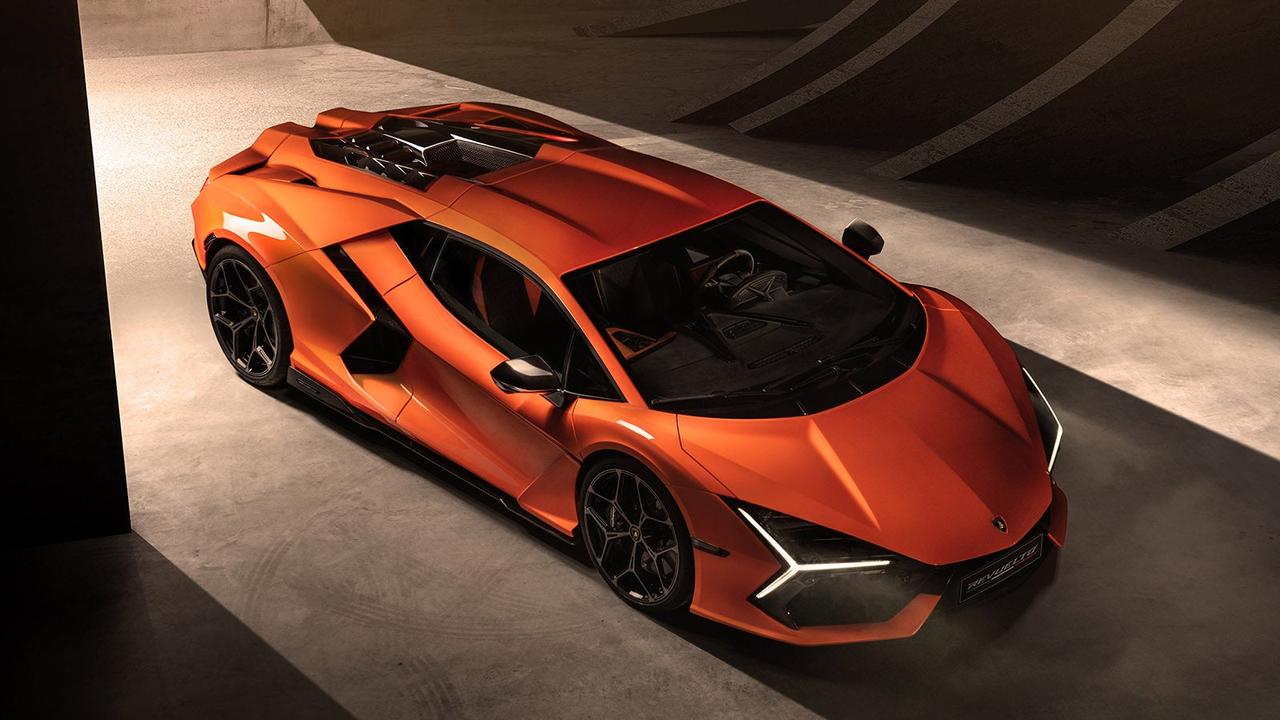
Lamborghini is an historic Italian supercar manufacturer with a back catalogue full of iconic wedge-shaped dream machines. It was founded in the 1960s as a middle finger to Ferrari after Ferruccio Lamborghini found his own Ferrari cars kept breaking. VW Group took control of the company in 1998.
The brand still makes some of the most dramatic-looking supercars you can currently buy, with the Temerario and Revuelto both delivering shocking performance thanks to masses of power and grippy four-wheel drive. For something slightly more sensible, check out the Urus SUV.
Popular Lamborghini models
- Lamborghini Temerario
- Lamborghini Revuelto
- Lamborghini Urus
Bentley
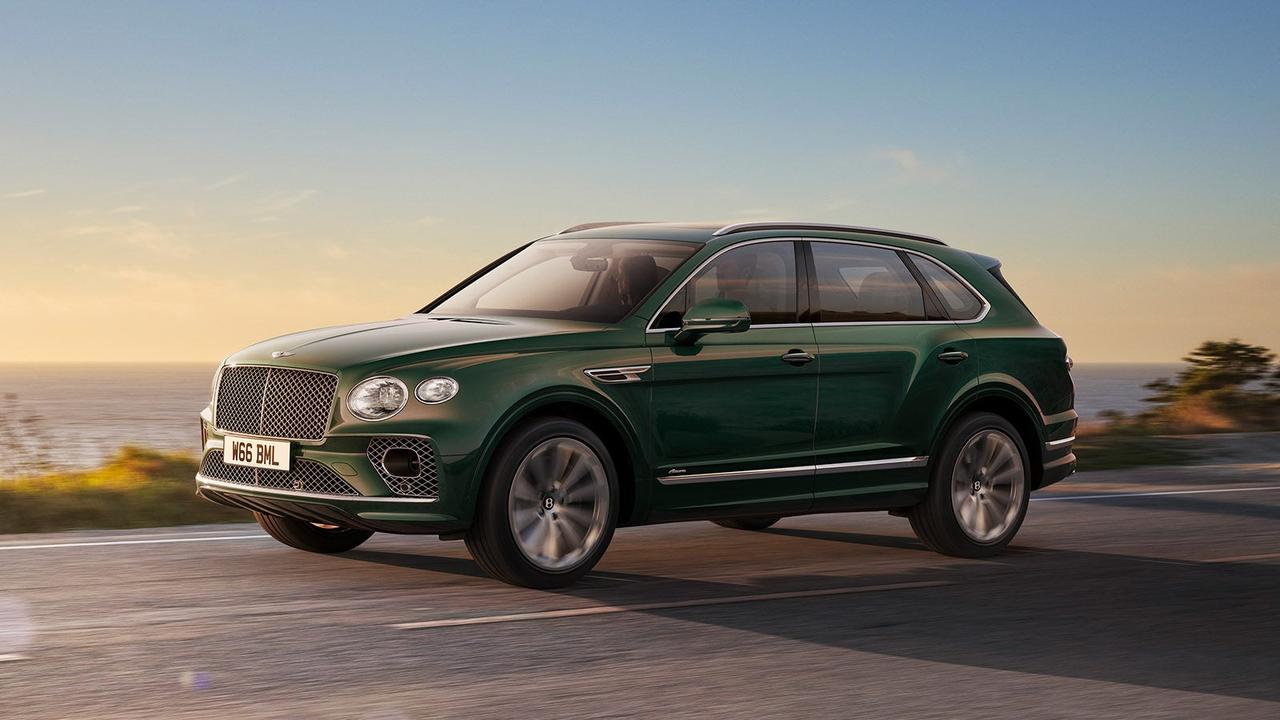
Bentley was a British luxury sporting brand founded in 1918. Following years being paired with Rolls-Royce, the two eventually split, with BMW gaining the Rolls-Royce brand and VW Group taking over Bentley in 1998.
Under VW-Group ownership, it's gone from strength to strength. Initially, that was down to the Continental GT coupe and convertible, which were often seen ferrying famous footballers to and from their clubs. Bentley followed this up with the Bentayga SUV, which quickly became the brand's best-selling model.
Popular Bentley models
- Bentley Continental GT
- Bentley Flying Spur
- Bentley Bentayga
Other VW Group brands
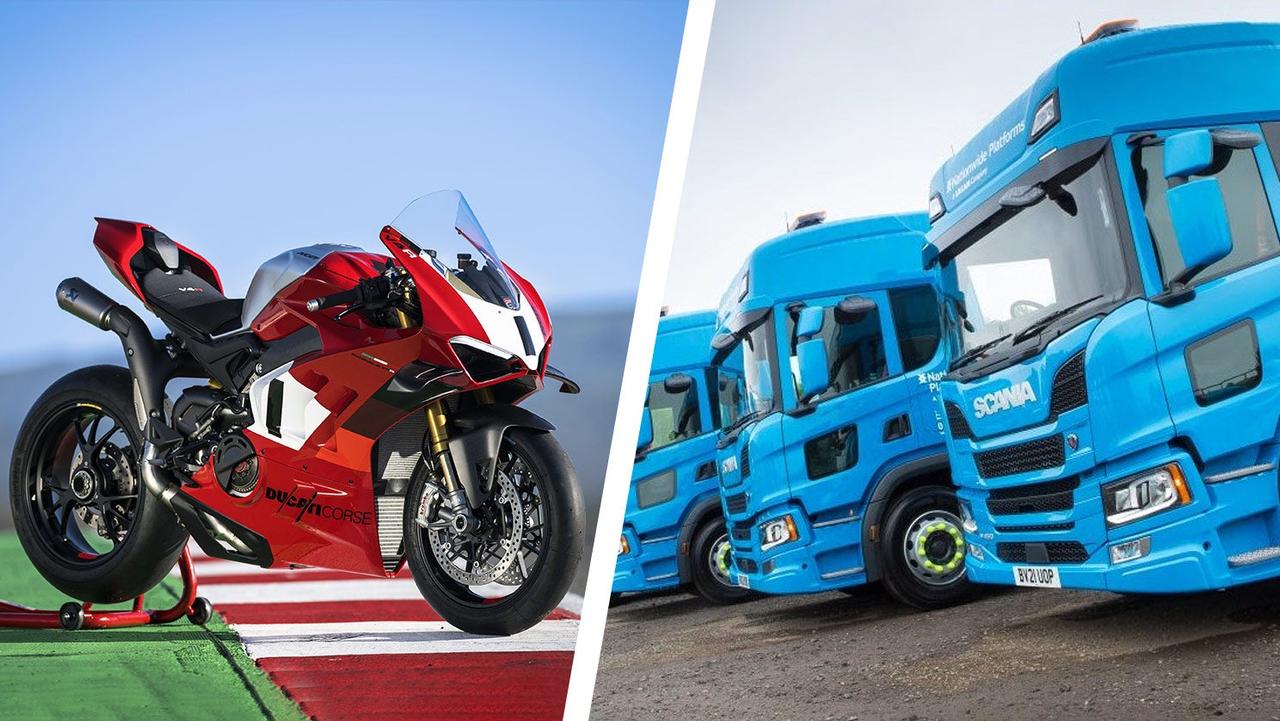
- Ducati – Italian manufacturer of premium superbikes
- Volkswagen Commercial Vehicles – vans, campers and light commercial vehicles
- Traton – includes heavy truck brands Scania, MAN, International, and Volkswagen Truck and Bus
- Cariad – VW Group's software-development company
- Volkswagen Group Technology – spin-off focused on EV technologies such as batteries and charging
- Volkswagen Financial Services – VW Group's in-house financial provider
- Moia – spin-off focused on ride sharing and autonomous mobility
Why does VW Group have multiple brands?
The main advantage of having several brands under one umbrella is that VW Group can offer cars across a wide range of market segments. That means it can sell affordable Skoda models to newer buyers, sensibly priced Volkswagen SUVs to family buyers, or high-value Porsche and Lamborghini models to wealthier customers.
While all these cars look and feel very different on the surface, VW Group can share a lot of R&D costs behind the scenes. For example, needing to develop just one chassis setup that can then underpin a range of different models from different brands. Similarly, engines, gearboxes and EV parts can all be shared, further improving the group's economies of scale.


































